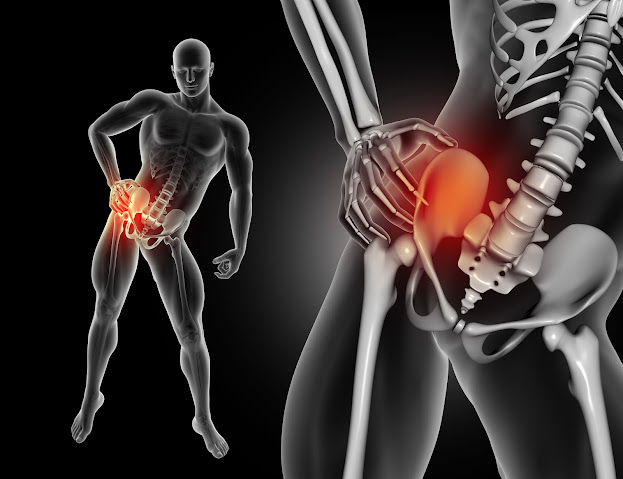Is hip pain causing you problems? This may be AVN. Beware of These Signs!
Our joints work to survive on the oxygen and nutrients it receives from the blood. But avascular necrosis (AVN) of the hip is a condition that results when blood supply to the bone is disrupted. This can occur for a variety of reasons, including injury, prolonged immobility, or certain medical conditions. When blood flow is cut off, the bone tissue dies and the hip joint may collapse. AVN of the hip is a serious condition that can lead to chronic pain and disability.
Risk Factors for Avascular Necrosis of Hip
There are several risk factors for avascular necrosis of the hip. Some of these include:
● Trauma or injury to the hip
● Dislocation of the hip
● Fracture of the hip
● Use of certain medications such as corticosteroids
● Undergoing radiation therapy to the hip area
● Certain medical conditions such as sickle cell disease or lupus
If you have any of these risk factors, it is important to be aware of the signs and symptoms of avascular necrosis so that you can seek treatment early.
Early Signs and Symptoms of Avascular Necrosis of Hip
The early signs and symptoms of AVN of the hip may be subtle and easily overlooked. They can include:
1. Intermittent pain
If you are experiencing intermittent pain in your hip that appears when pressure is applied to the bone and then eases when the pressure is removed, it could be a sign of avascular necrosis of the hip. While avascular necrosis of the hip can occur in anyone, it is most common in people who have had a recent hip injury or surgery.
2. Increasing pain and stiff joints.
One of the first signs of AVN of the hip is increasing pain in the joint. This is usually followed by stiffness and loss of range of motion. The pain will typically get worse with activity and better with rest. As the condition progresses, you may also notice a visible deformity in the affected hip.
3. Limited range of motion.
As the bones break down, they become less flexible and more difficult to move. This can make it hard to do everyday activities like walking or bending down.
4. Limping
Any form of difficulty experienced when walking is referred to as limping. Limping is a type of walking that prefers the use of one leg over the other and is typically brought on by illnesses or injuries to that leg. A limp might result from hip joint discomfort because it makes walking difficult.
5. Difficulty climbing stairs, standing or walking
Avn can make simple tasks difficult. With time the pain progresses to a stage where walking, climbing stairs, or even standing is painful. A person is often forced to stay in one portion
How do lower the risk of Avascular Necrosis?
1. Keep moving: Exercise is one of the finest ways to preserve the health of your joints. It helps to preserve flexibility and range of motion as well as strengthen the muscles around the joint.
2. Avoid straining: You run a higher risk of injury if you engage in high-impact sports or other activities that impose pressure on your hip joint. If you do have a hip injury, be sure to seek medical attention straight away and follow their treatment recommendations.
3. Maintain a healthy weight: Being overweight puts tension on your hip joint, which can lead to pain and degeneration. Even a small amount of weight loss can make a big difference in the health of your hip joint.
They are all only preventative measures; none of them completely eliminate the risk. If Avn is not treated in a timely manner, it may cause the bone to entirely die, leading to the collapse of the joint. However, Ossgrow® Bone Cell Therapy can treat AVN. This cell therapy is offered by Regrow Biosciences, one of India's top biotech businesses.



Comments
Post a Comment